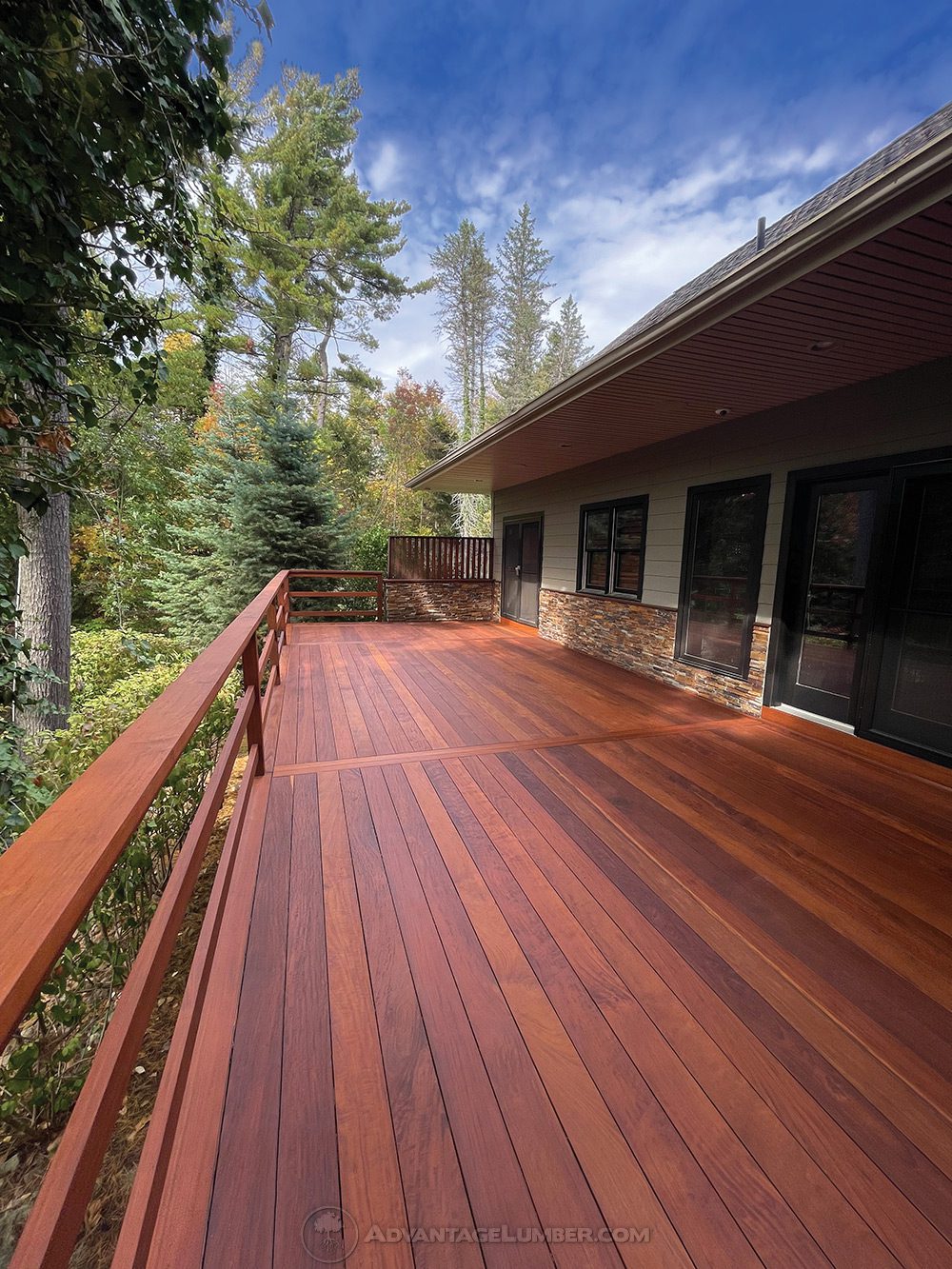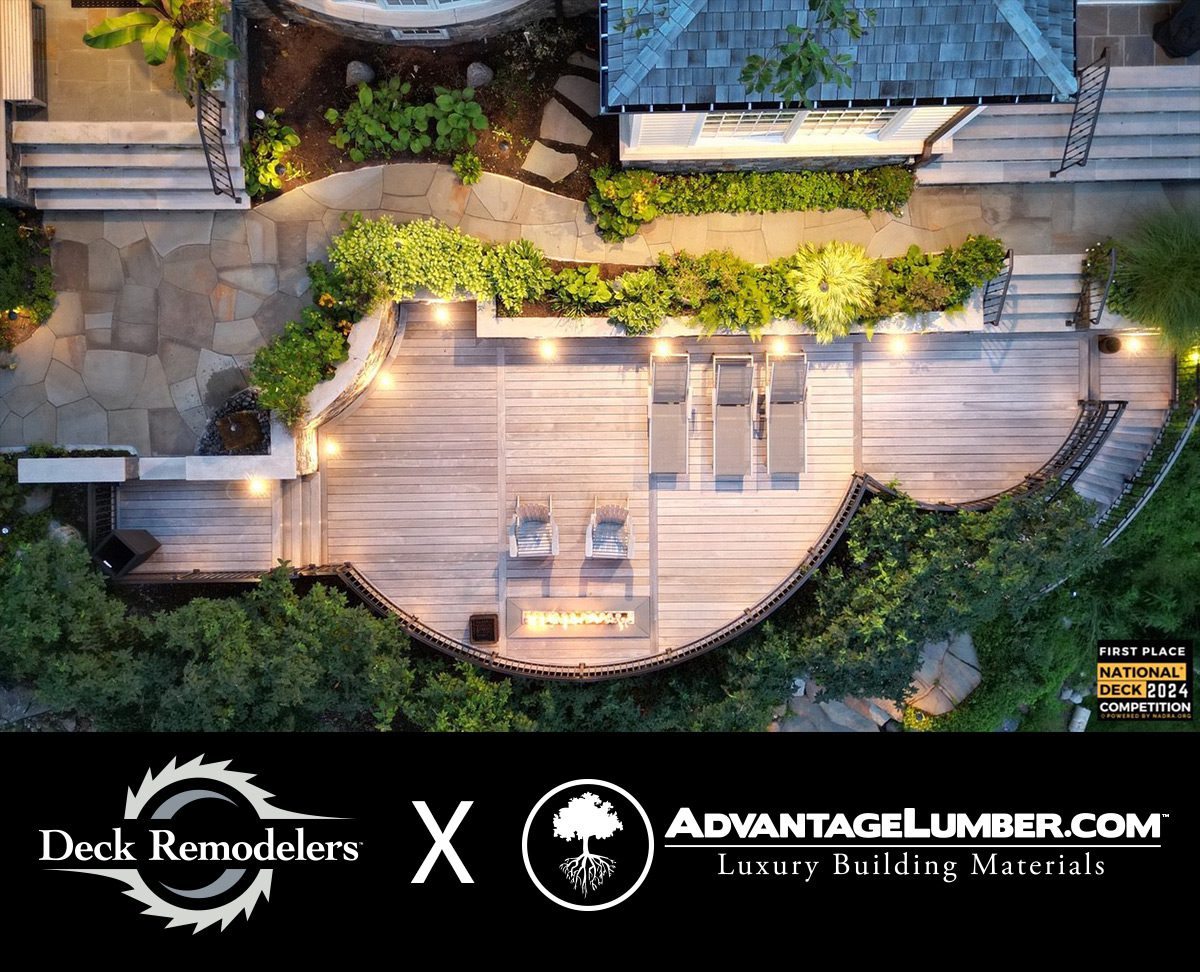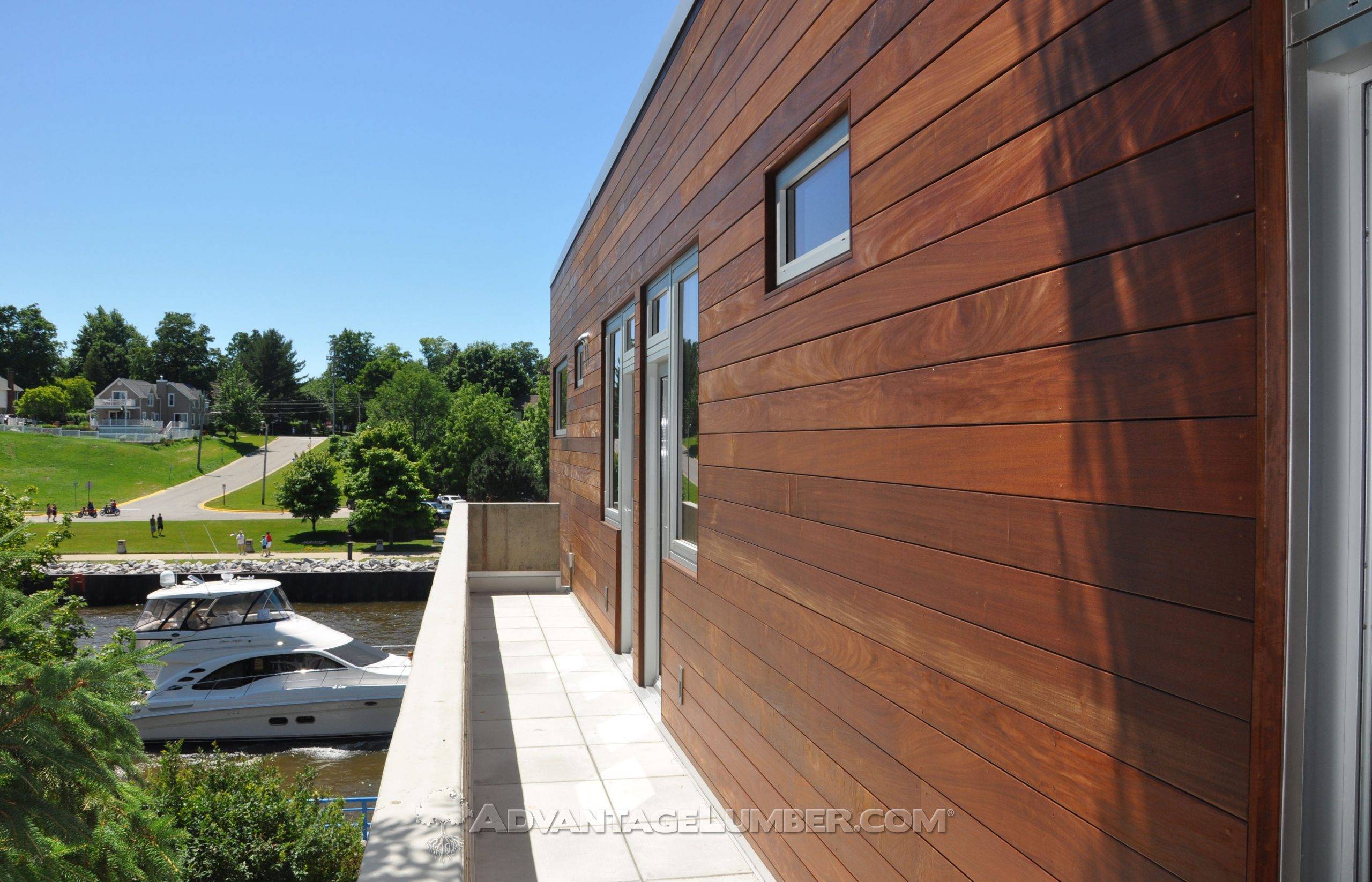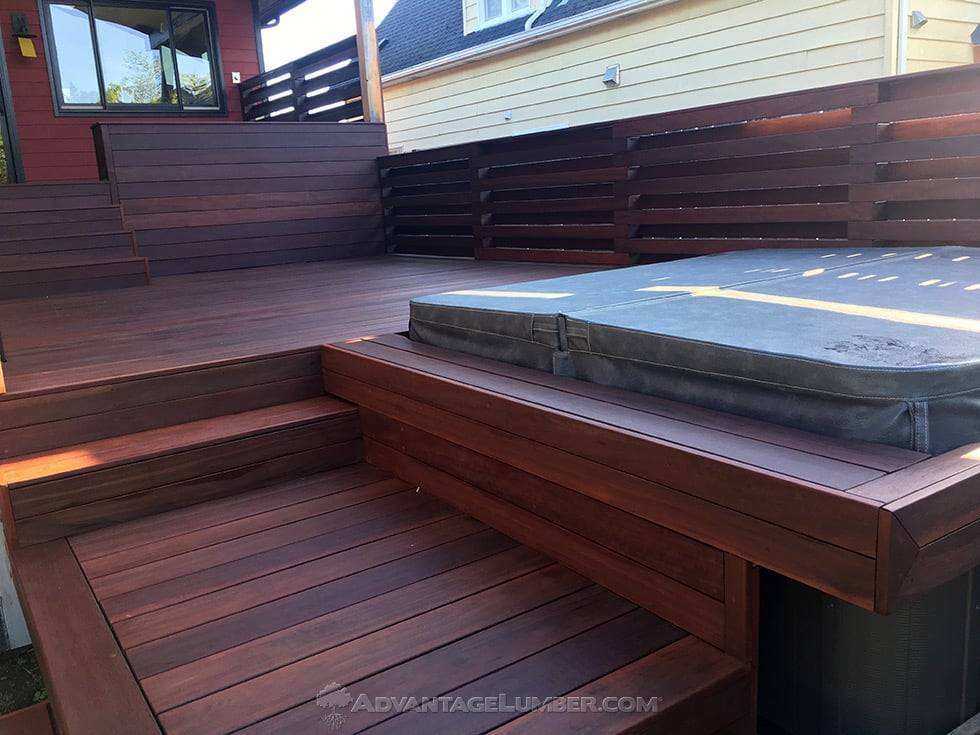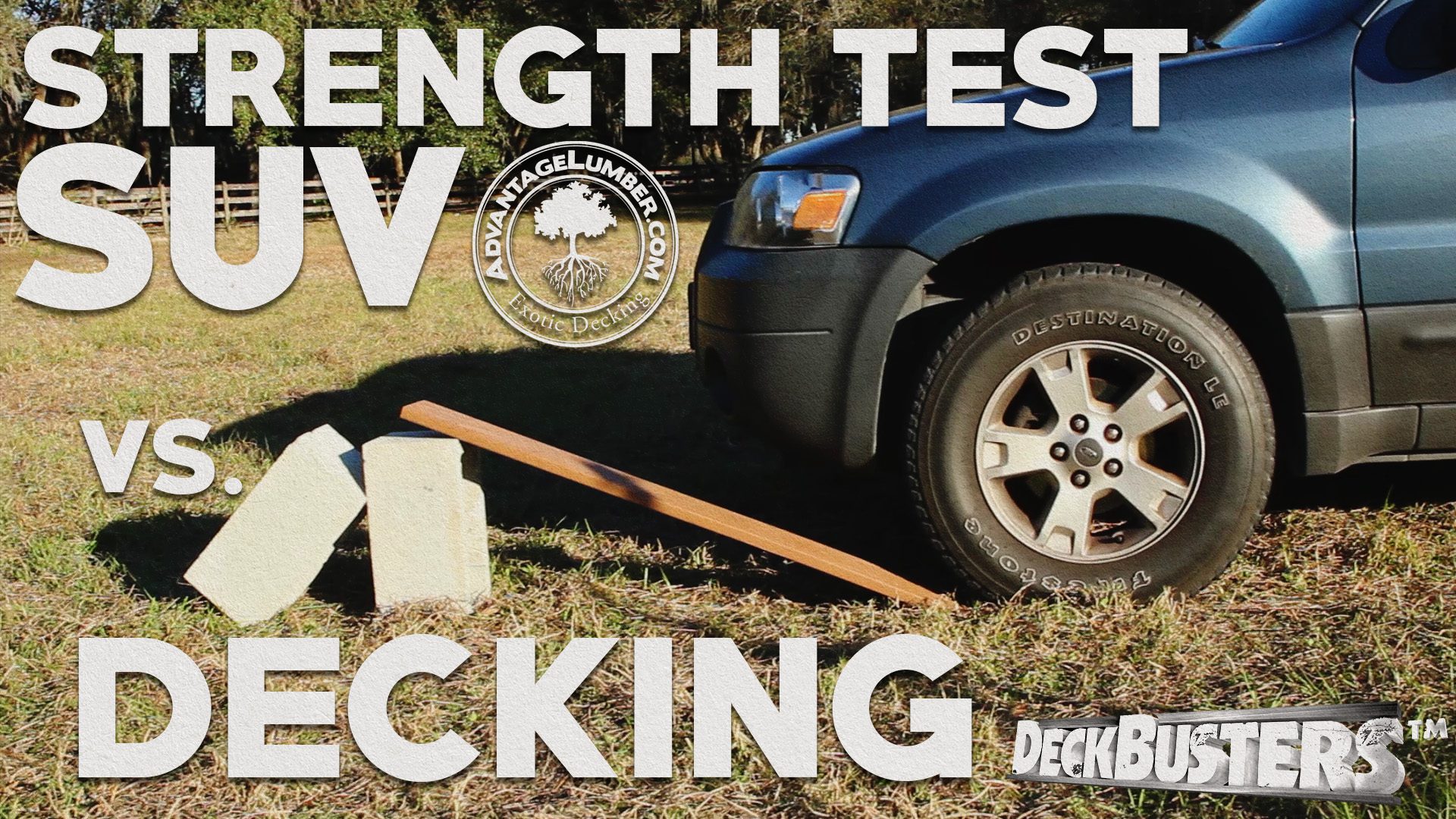What Is Ipe Wood? Exploring Its Benefits, Uses, and 2025 Market Updates
Ipe wood, often referred to as Brazilian walnut, is a premium tropical hardwood renowned for its exceptional durability, stunning aesthetics, and versatility. Native to South and Central America, particularly Brazil, Ipe (pronounced ee-pay) comes from the Handroanthus spp. (formerly Tabebuia) tree species. With its rich reddish-brown to dark olive hues, tight grain, and unmatched resilience, …
